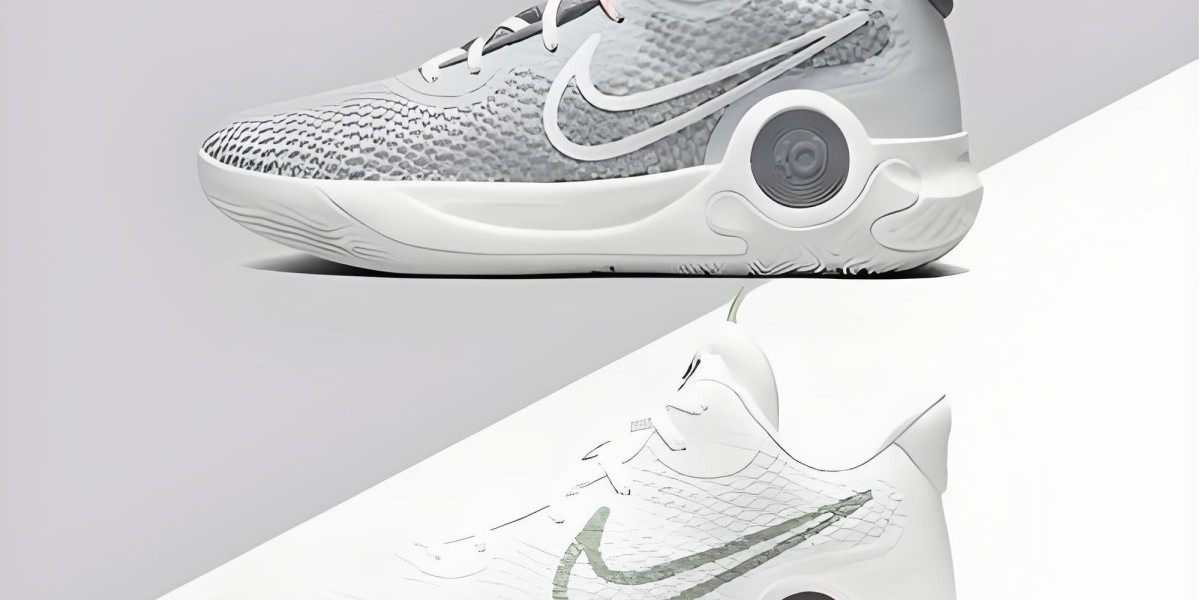In any combustion engine—whether powering a car, boat, aircraft, or industrial machine—the fuel nozzle plays a critical role in engine efficiency, power, and emissions. Often overlooked due to its small size, the fuel nozzle is a precision component responsible for delivering the right amount of fuel in the right pattern at the right time.
In this article, we’ll break down what a fuel nozzle does, the different types, how it affects performance, and when it needs maintenance or replacement.
What Is a Fuel Nozzle?
A fuel nozzle is the component that atomizes and sprays fuel into the combustion chamber or air stream of an engine. It ensures fuel is delivered:
In a fine, even spray (for proper combustion),
At the correct pressure and angle,
And with accurate timing and flow rate.
This allows for efficient fuel burning, reducing waste, maximizing power output, and minimizing emissions.
Where Are Fuel Nozzles Used?
Fuel nozzles are found in many types of engines and systems, including:
Automotive Engines – Fuel injectors in gasoline and diesel cars
Aviation Turbines – Delivering jet fuel into combustion chambers
Marine Engines – Fuel atomization for high-performance diesel engines
Industrial Burners – In boilers, heaters, and furnaces
Generators and Heavy Equipment – Diesel and gas-powered systems
Types of Fuel Nozzles
Depending on the application and fuel type, different nozzle designs are used:
1. Air-Assist Nozzles
Use compressed air to help atomize fuel—common in industrial burners.
2. Pressure-Atomizing Nozzles
Rely on high fuel pressure to create fine spray patterns—used in many diesel and gas engines.
3. Dual-Fluid Nozzles
Mix fuel and air internally before atomization—found in specialized applications like turbines.
4. Gasoline Direct Injection (GDI) Nozzles
Used in modern automotive engines to spray fuel directly into the combustion chamber.
Why Fuel Nozzles Matter
A well-functioning fuel nozzle ensures:
Efficient Combustion – Leading to better power output and fuel economy
Lower Emissions – Cleaner burn reduces pollutants
Smooth Engine Operation – Prevents misfires and knocking
Reduced Maintenance Costs – Clean fuel spray avoids carbon buildup
A faulty nozzle, on the other hand, can cause poor fuel atomization, leading to incomplete combustion, higher emissions, and reduced engine life.
Signs of a Failing Fuel Nozzle
Poor fuel economy
Hard starting or misfiring
Black smoke from exhaust
Loss of power or acceleration
Fuel leaks or drips
Engine knocking or rough idle
Maintenance and Cleaning
Fuel nozzles are precision components, and proper maintenance is essential:
Regular cleaning (especially in diesel engines) to remove carbon and deposits
Use of fuel additives to reduce buildup
Filter maintenance to keep contaminants out of the nozzle
Timely replacement as per manufacturer specs
In high-demand systems like turbines or marine engines, nozzles are often part of routine scheduled maintenance and may be inspected or replaced after a set number of operating hours.
Choosing the Right Fuel Nozzle
When selecting a replacement or upgrade, consider:
Fuel type (gasoline, diesel, kerosene, etc.)
Engine or burner specifications
Spray angle and pattern
Flow rate and pressure requirements
Material compatibility with fuels and additives
Always refer to OEM specifications to avoid mismatched performance or system damage.
Final Thoughts
The fuel nozzle may be small, but it’s a key component in the performance and efficiency of any combustion engine. Whether you’re running a diesel generator, a powerboat, or an industrial burner, maintaining your fuel nozzles can dramatically improve reliability, reduce costs, and boost performance.






